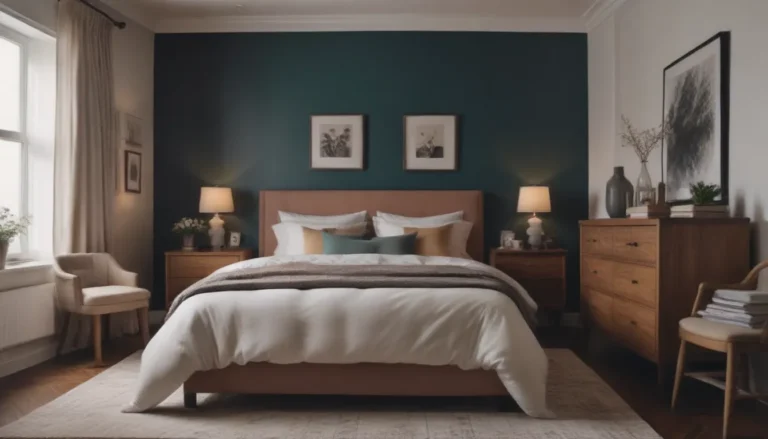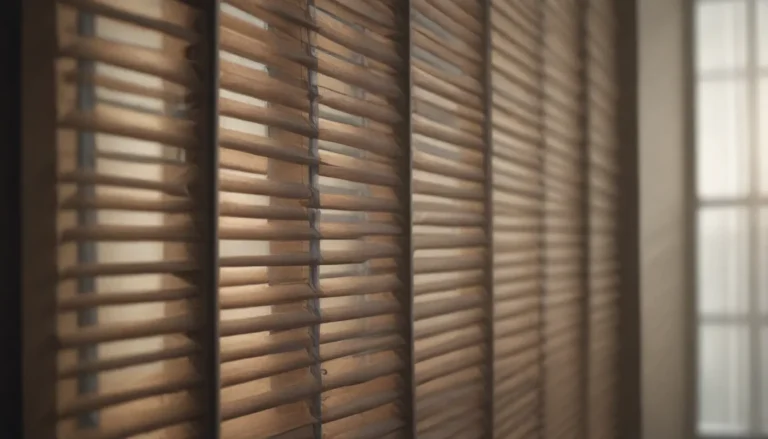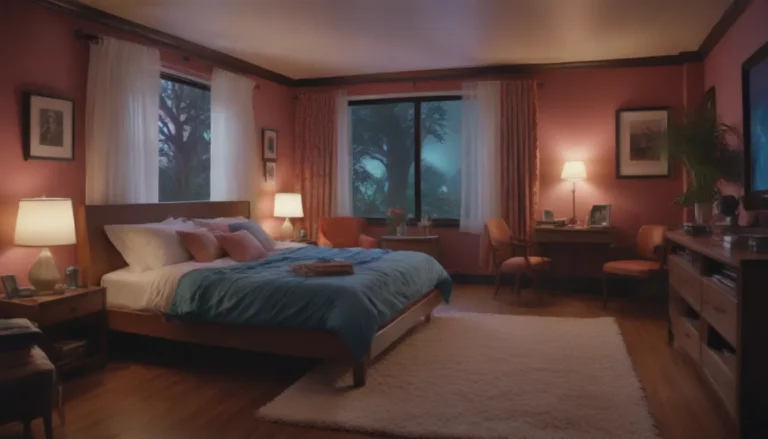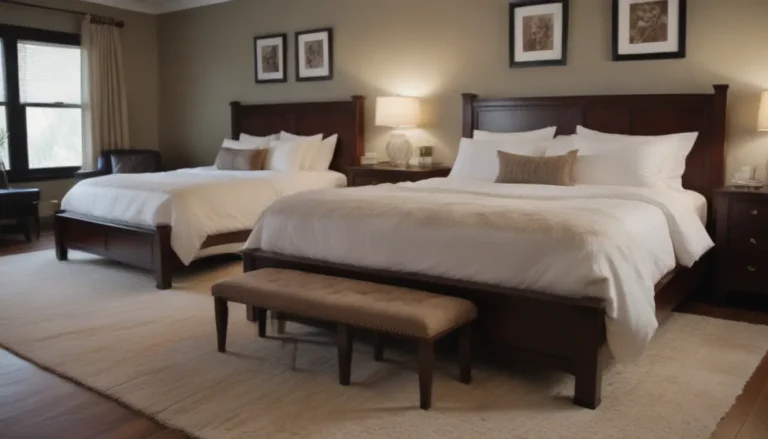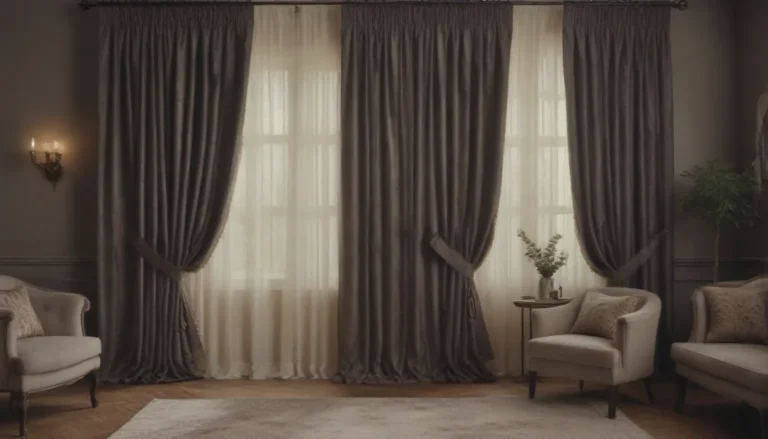Exploring the Art of Shou Sugi Ban (Yakisugi) – A Timeless Japanese Technique
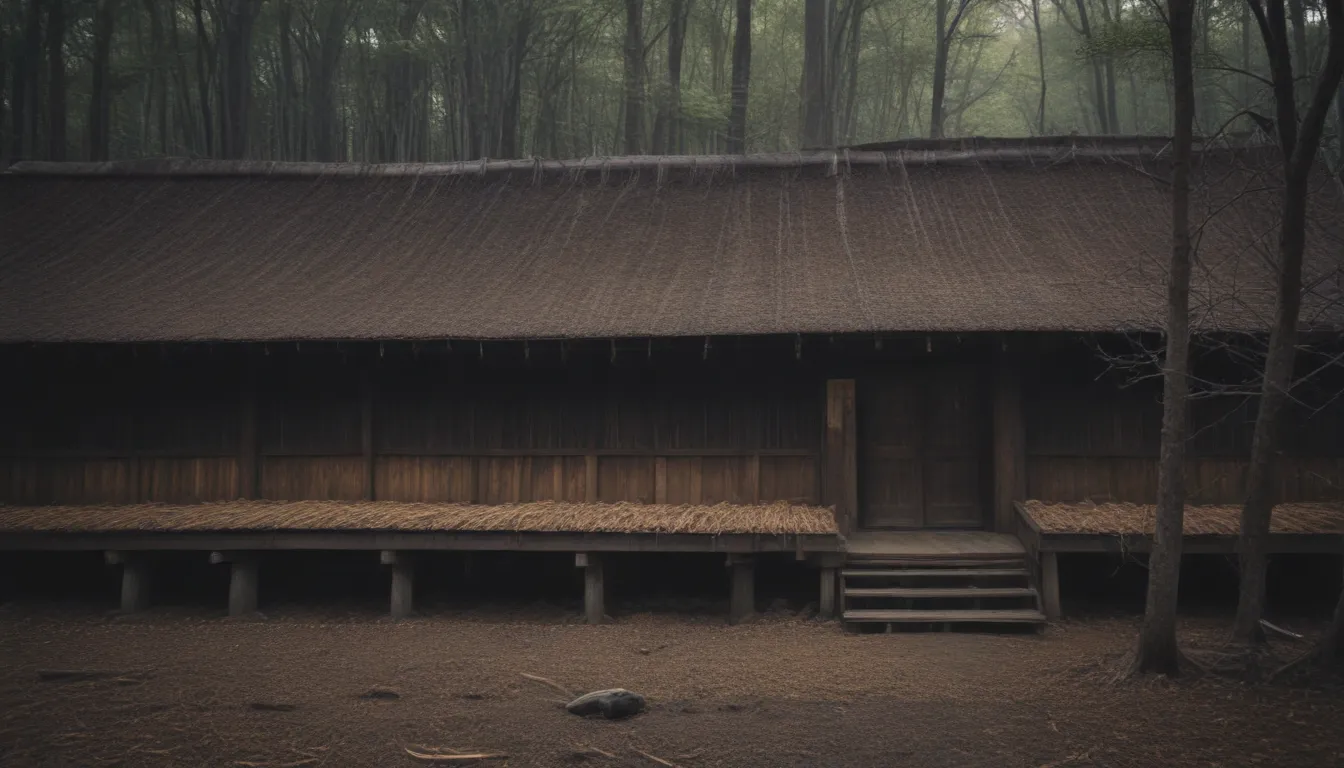
Shou Sugi Ban, also known as Yakisugi in its homeland of Japan, is a captivating wood-burning technique with centuries of history behind it. This traditional Japanese method involves charring wood to create a stunning visual effect while enhancing its durability. Let’s delve deeper into the world of Shou Sugi Ban to understand its origins, benefits, challenges, and versatile applications.
Understanding Shou Sugi Ban (Yakisugi)
Shou Sugi Ban, which translates to “burned cedar” in Japanese, is a craft that dates back to the 18th century. This technique involves carefully charring wood to create a charred surface that not only adds visual interest but also strengthens the wood. Contrary to common belief, charring wood does not weaken it; rather, it enhances its resilience against environmental elements.
Key Steps in the Shou Sugi Ban Process:
- Selection of Wood: Virgin wood is meticulously chosen for the process.
- Drying: The wood is dried in the sun or open air to prepare it for charring.
- Charring: The surface of the wood is burned to create a thin layer of char.
- Finishing: The charred wood is then brushed and sealed with oil to protect and enhance its appearance.
The versatility of Shou Sugi Ban extends beyond traditional Japanese architecture, making its way into modern designs globally. This technique has sparked a renewed interest in wood charring, with designers exploring innovative ways to incorporate it into contemporary creations.
Advantages of Shou Sugi Ban (Yakisugi)
Shou Sugi Ban offers a myriad of benefits, making it a popular choice for architects, designers, and homeowners alike. Some advantages of this technique include:
- Enhanced Durability: Charred wood is more resistant to rot, pests, and moisture.
- Unique Aesthetic: The charred finish adds a distinct visual appeal to any structure or interior design.
- Low Maintenance: Shou Sugi Ban wood requires minimal upkeep, providing long-lasting beauty.
- Environmental Friendliness: Charring wood is a sustainable method that avoids harmful chemical treatments.
Challenges of Shou Sugi Ban (Yakisugi)
While Shou Sugi Ban boasts numerous advantages, it also comes with its set of challenges that need to be considered:
- Wood Selection: Choosing the right type of wood is crucial to achieve the desired look and longevity.
- Sealing: Protecting charred wood with oil is essential, especially for outdoor applications.
- Maintenance: Regular upkeep is necessary to ensure the longevity of Shou Sugi Ban wood.
If you’re intrigued by the art of Shou Sugi Ban and want to try it yourself, consider the following tips:
- Wood Type: Cedar is the traditional choice, but other woods like pine, oak, and spruce can also be used.
- Sealing: Apply mineral or linseed oil to maintain and protect the charred wood.
- Maintenance: Regularly inspect and reapply oil as needed to preserve the wood.
Discovering the Versatile Uses of Shou Sugi Ban (Yakisugi)
From exterior siding to interior wall treatments and furniture, Shou Sugi Ban finds a wide range of applications in architectural and design projects. Some common uses of this technique include:
- Exterior Siding: Adds a unique and durable finish to buildings.
- Interior Walls: Creates a striking accent wall or focal point in living spaces.
- Furniture: Incorporates charred wood into tables, chairs, and other decor pieces.
The adaptability of Shou Sugi Ban makes it a versatile choice for various design styles, from traditional to contemporary.
Embracing the Timeless Art of Shou Sugi Ban
In conclusion, Shou Sugi Ban is not just a craft; it’s a celebration of tradition, innovation, and sustainability. This ancient Japanese technique continues to captivate audiences worldwide with its striking aesthetic and practical benefits. Whether you’re a design enthusiast, architect, or homeowner, exploring the art of Shou Sugi Ban can bring a touch of timeless beauty to your surroundings.
If you’re interested in delving deeper into the world of Shou Sugi Ban, check out the following resources for additional information:
- Northeastern Lumber Manufacturers Association: Learn more about the science behind burning wood for preservation.
- Japan Woodcraft Association: Explore the origins and techniques of Yakisugi.
- Journal of Aesthetics, Design, and Art Management: Gain insights into wood finishing using the Shou Sugi Ban method in architecture.
Embrace the art of Shou Sugi Ban and discover the transformative power of this age-old Japanese tradition in modern design and architecture.
